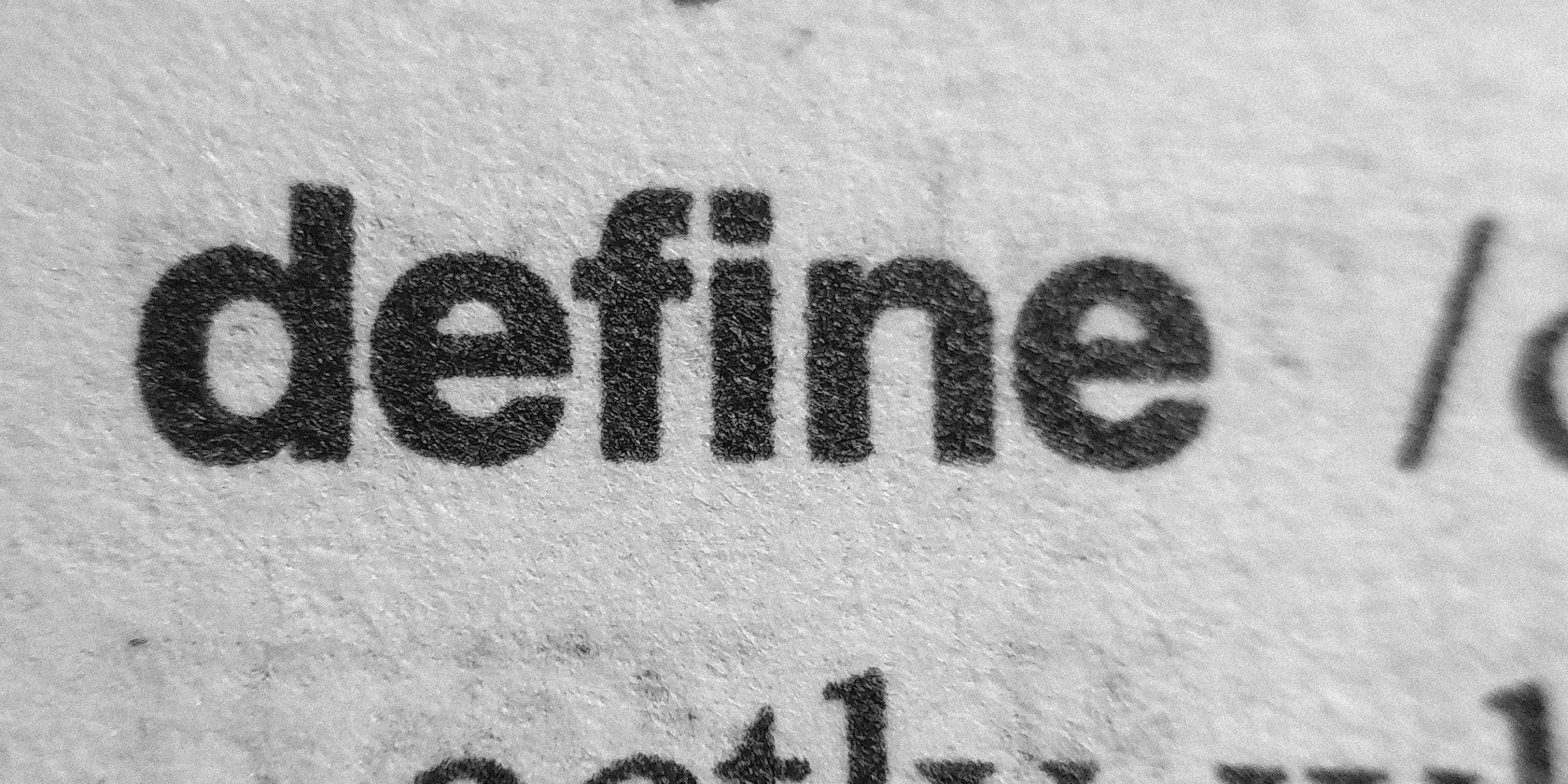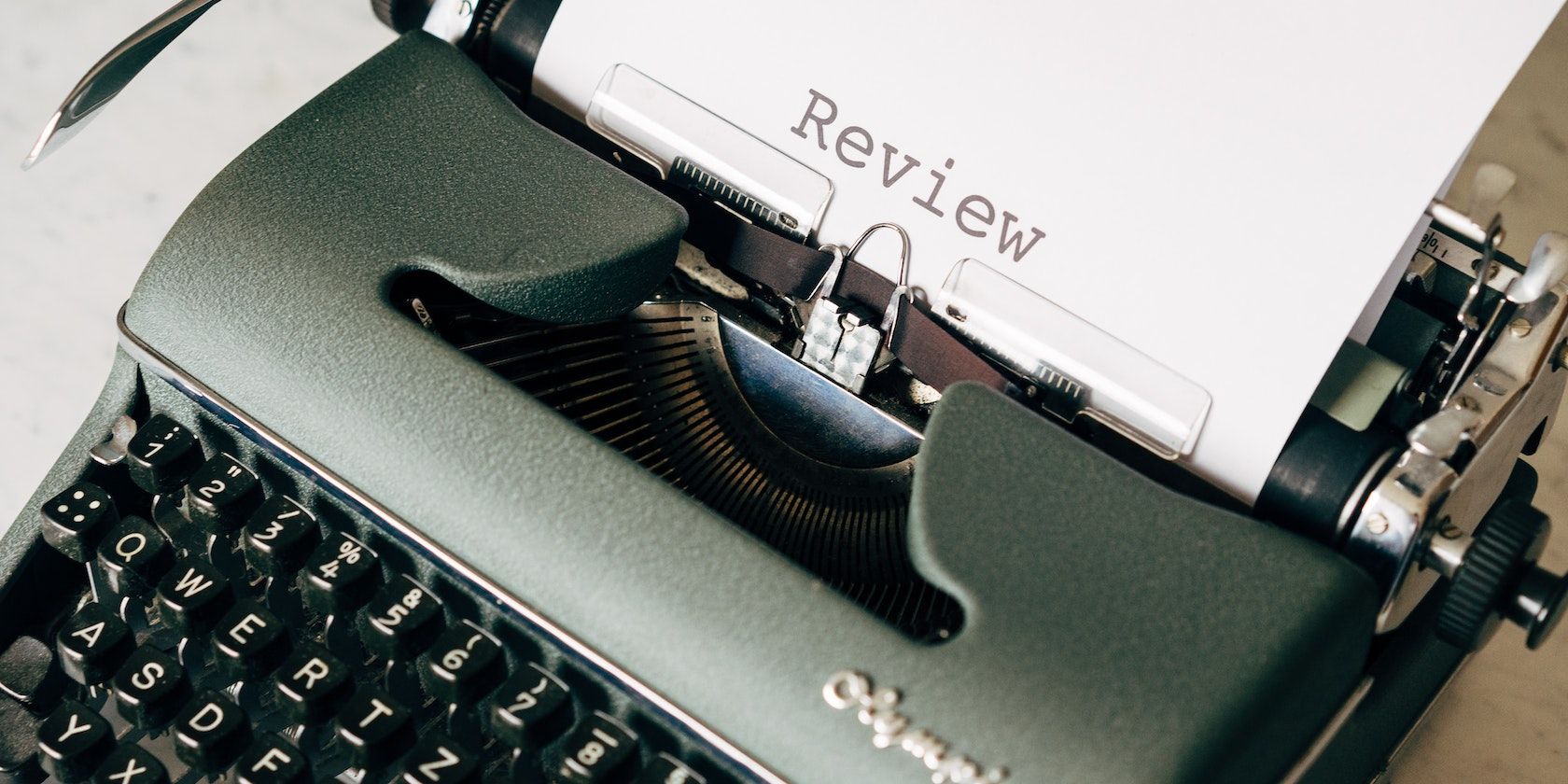Technical writing communicates technical information about a skill or product to readers. It is commonly used in technical and occupational fields. As a technical writer, you often write documents like user guides, application programming interface (API) documentation, and repair and product manuals.
Like other writing niches, technical writing has niche-specific guidelines. Following these guidelines will help you to write well-structured documents and optimize how readers understand your work. Here are some rules to follow to become a good technical writer.
1. Define Your Audience
Audience analysis is an indispensable factor in a good technical document. Knowing your audience helps you determine the kind of information to write about, how you should structure it, and the technicality of your language. There are four major audiences for technical writing: executives, experts, technicians, and non-specialists.
Executives are individuals who fund the product and make the political, administrative, and economic decisions that govern it. Technicians are the people who build, operate, and repair these products. Experts design, test, and know everything about the product, while non-specialists are the end-users of the products. You must consider your audience to determine the best tone and writing style to employ.
2. Identify Your Audience's Needs
Asides from knowing and defining your audience, it is crucial that you understand their goals, interests, and needs. Completing your audience analysis is key in document preparation, as you are less likely to write without hiccups and know your audience's needs well.
To carry out a well-rounded audience analysis, you must consider your audience's background, existing knowledge of the product, experience, needs, interests, demographic characteristics, culture and communication preferences, and goals. This information will aid you in presenting your ideas most effectively and efficiently.
3. Know the Limit of Your Audience's Knowledge
As an audience analysis technique, you may utilize surveys and questionnaires to know the limit of your audience's knowledge. You can also source popular opinions and stereotypes, personal experience, brainstorming, and audience feedback, from the marketing department.
If you properly utilize the above-listed tools, you will know how much your target audience understands the information you intend to convey. This information will greatly determine your document's structure, limits, and scope, giving you a sense of direction.
4. Keep Your Language Simple
Technical writing is supposed to present an overly complicated subject. It does this by using a straightforward writing style guide. You should ensure that the average reader can easily understand your writing.
However, you must note that understanding your audience is also key to the language style you choose. For instance, professional jargon in a document about application programming interfaces (API) may be appropriate for technicians but not end-users. Consequently, you must use easy-to-understand language to aid audience comprehension. You may also want to learn how to use a tool like Microsoft Editor to check your work and ensure that the writing is on point.
5. Use Outlines
Outlines give your readers an idea of what to expect in the document. A document without an outline overwhelms readers, as it compels them to read the whole text when they are only interested in acquiring specific knowledge.
As a technical writer, outlining your document also gives you a sense of direction when writing. It keeps you on track and ensures that you don't miss or under-appreciate relevant points. Additionally, it enhances the structure of your document and serves as feedback on what you intend to cover.
6. Use Graphics Where Necessary
Most readers' attention is naturally drawn to graphics compared to text. In technical documents, suitable graphics can improve readers' understanding of the text by presenting information clearly and emphatically.
However, as a technical writer, you should be careful not to use graphics to decorate documents. Tables, graphs, charts, photographs, and illustrations are commonly used graphics, and they can enhance the document's overall structure and appeal to readers. That said, if you're new to Google Docs, here's how to create and edit tables in Google Docs.
7. Engage Your Readers
While you may be trying to convey technical information to your readers, it is important that you also engage them. Every technical document is reader-centered and should be written to the taste of the reader and not the writer. Your reader's intellectual curiosity must be satisfied for your document to be useful.
You can actively engage your reader by writing to express, not impress, and get straight to the point. Avoid abbreviations and jargon, use a lot of white space to improve the visual presentation, and use headlines to guide your reader.
8. Do Not Reference Time-Sensitive Information
Avoiding references to time-sensitive information, especially those of a comparable period, is always preferable. It is safer and wiser to use analysis that has withstood the test of time, which makes it evergreen and ever-suitable for those who will read your document in the future.
You must also note that attaching specific years, like "2019," to emphasize your point may reduce the usefulness of your document over time, except in specific cases. You can prevent this by using a broader timeframe like, "In the last seven years," thus, giving your work a level of credibility.
9. Use Relevant Examples
When writing a technical document, use live instances to emphasize your points. Since your audience reads your writing to acquire a skill, solve a problem, or learn some guidelines, you must provide them with practical and relatable examples.
These examples enhance your work's readability and communicate complex information to your reader, providing context to products and processes. This way, they are more likely to use the products intentionally and safely.
10. Get a Third-Party Review Before Publishing
A technical document should always pass through a collaborative process that involves the writer and the reviewer. A third-party review helps generate an audience-focused, error-free, and impactful document.
As the document's original author, you may have written many drafts before creating the final document. Nevertheless, no matter how good your document appears, do not depend on your wits alone.
Become a Professional Technical Writer Today
Understanding the essential rules guiding technical writing will make you more proficient and highly sought after. Many organizations know how important it is for their products or services to be well-marketed to end-users, and helping them achieve this is your goal as a technical writer.





